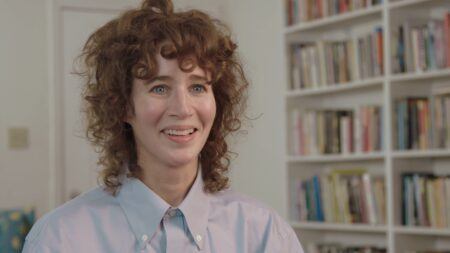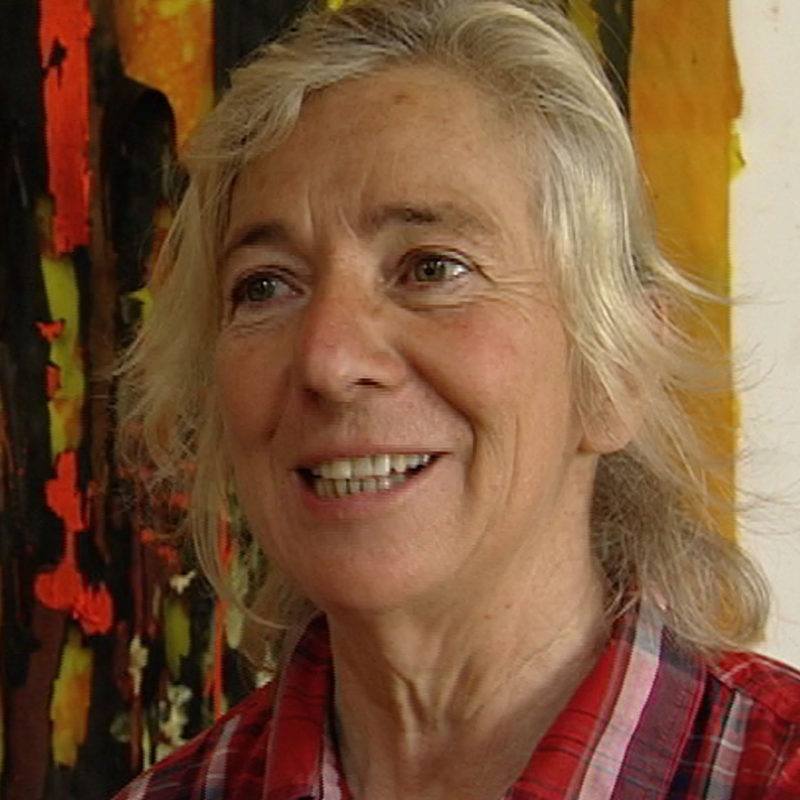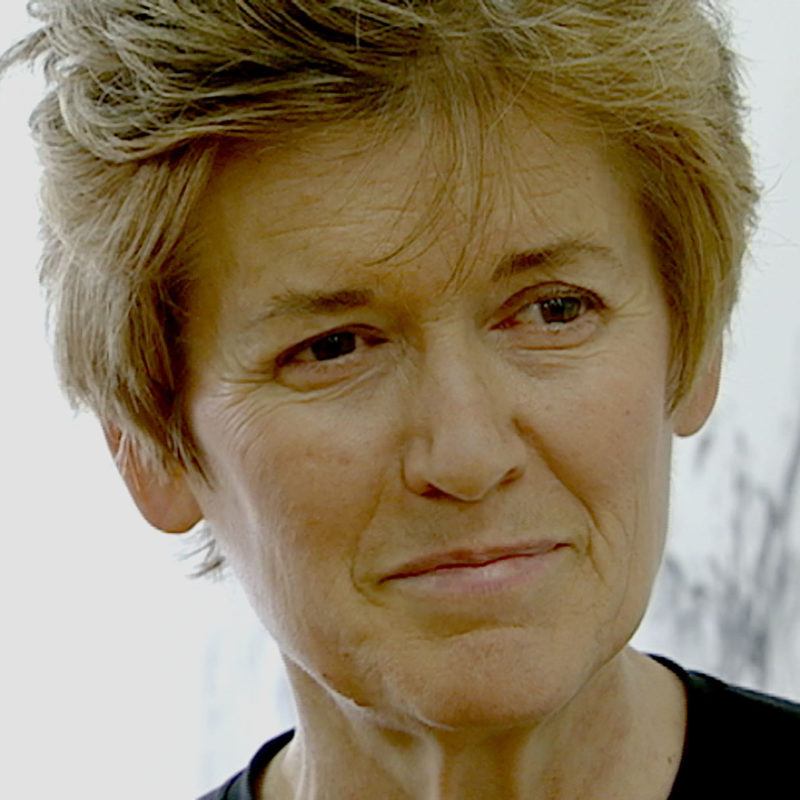Continue playing
(Time remaining: )
Play from beginning
Continue playing "{{ controller.videos[controller.getVideo(controller.currentVideo)].segmentParentTitle}}"
{{controller.videos[controller.getVideo(controller.currentVideo)].title}} has ended.
"Zygmunt"Judy Pfaff & Ursula von Rydingsvard
Filmed at their respective studios in 2006, longtime friends Judy Pfaff and Ursula von Rydingsvard discuss their experience collaborating in 1992 on a large sculpture titled Zygmunt.
Commissioned by Exit Art founders Jeanette Ingberman and Papo Colo, Zygmunt was an intersection of their ideas regarding weight and space and an opportunity for Pfaff and von Rydingsvard to learn from each other.
More information and creditsCredits
Producer: Ian Forster, Wesley Miller & Nick Ravich. Interview: Susan Sollins. Camera: Joel Shapiro. Sound: Roger Phenix. Editor: Morgan Riles. Artwork Courtesy: Exit Art, Judy Pfaff & Ursula von Rydingsvard. Archival Photography Courtesy: Exit Art & James Hamilton. Special Thanks: Audrey Christensen & Andria Morales. Video: © 2012 Art21, Inc. All rights reserved.
Closed captionsAvailable in English, German, Romanian, Italian, Japanese, Korean, Chinese, Italian
Through the Art21 Translation Project, multilingual audiences from around the globe can contribute translations, making Art21 films more accessible worldwide.
Interested in showing this film in an exhibition or public screening? To license this video please visit Licensing & Reproduction.
Balancing intense planning with improvisational decision-making, Judy Pfaff creates exuberant, sprawling sculptures and installations that weave landscape, architecture, and color into a tense yet organic whole. A pioneer of installation art in the 1970s, Pfaff synthesizes sculpture, painting, and architecture into dynamic environments, in which space seems to expand and collapse, fluctuating between the two- and three-dimensional. Her work is a complex ordering of visual information, composed of steel, fiberglass, and plaster as well as salvaged signage and natural elements such as tree roots. She has extended her interest in natural motifs in a series of prints integrating vegetation, maps, and medical illustrations, and has developed her dramatic sculptural materials into set designs for several theatrical stage productions.
Ursula von Rydingsvard’s massive sculptures reveal the trace of the human hand and resemble wooden bowls, tools, and walls that seem to echo the artist’s family heritage in pre-industrial Poland before World War II. She builds towering cedar structures, creating an intricate network of individual beams and sensuous, puzzle-like surfaces. While abstract at its core, von Rydingsvard’s work takes visual cues from the landscape, the human body, and utilitarian objects—such as the artist’s collection of household vessels—and demonstrates an interest in the point where the man-made meets nature.
Collaboration
Jenny Holzer
Pedro Reyes & Carla Fernández



